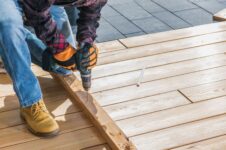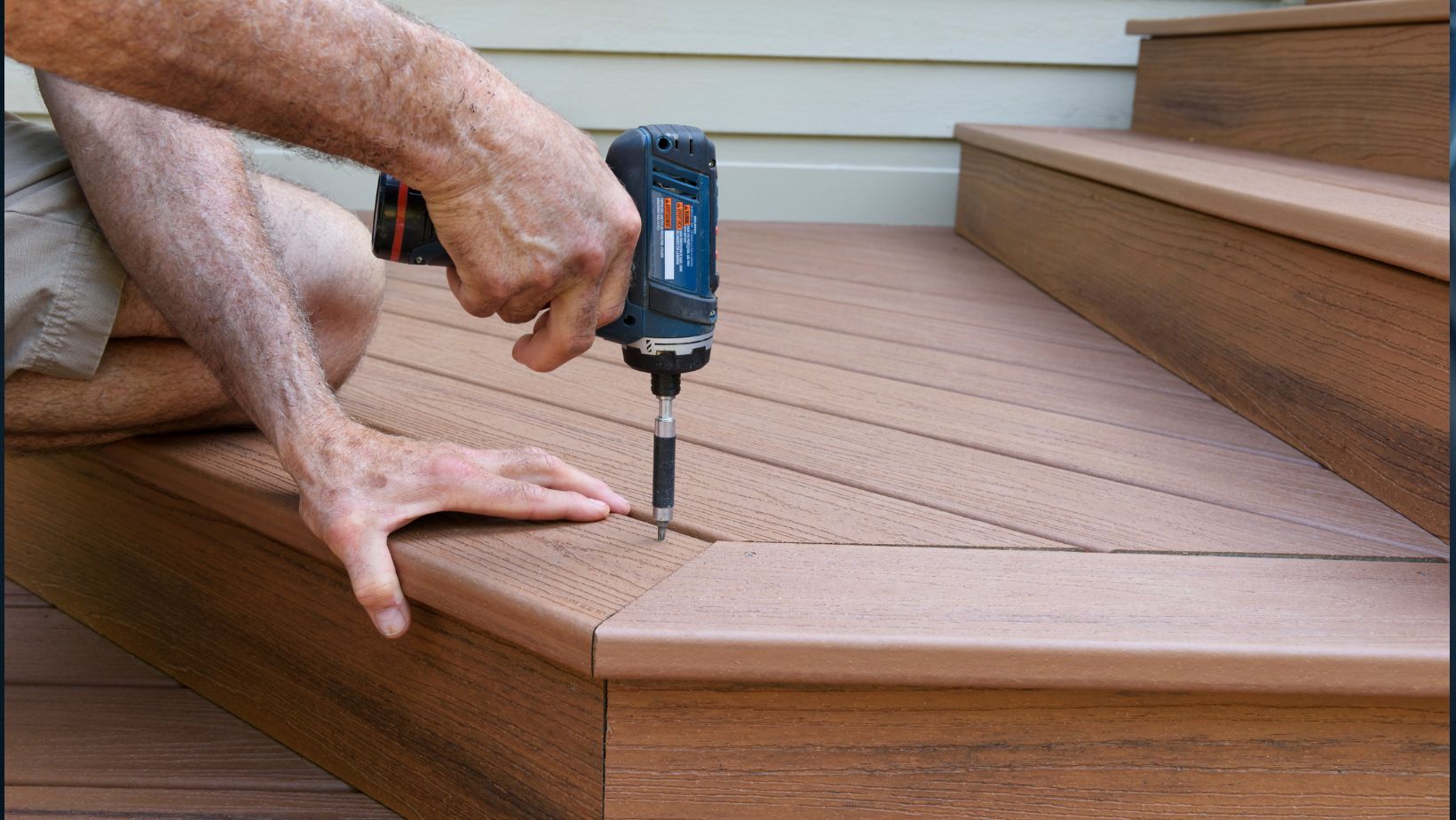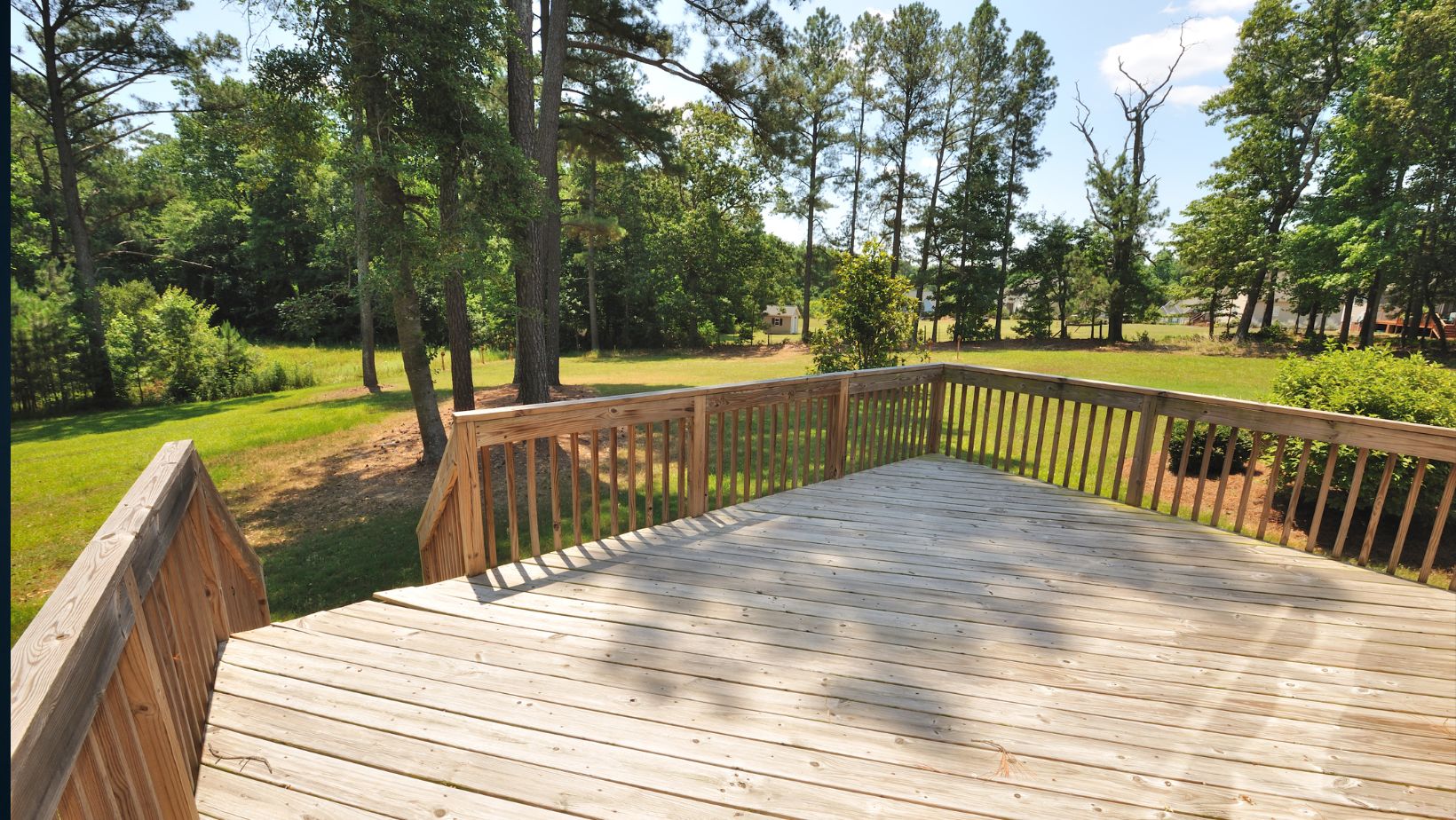
Eco-Friendly Decks: Sustainable Materials for PNW Homes
In the Pacific Northwest, sustainability isn’t just a trend—it’s a way of life. With our lush forests, rainy seasons, and growing awareness of environmental impact, more homeowners are looking for ways to reduce their carbon footprint, starting with their outdoor spaces. Decks are one of the most popular home additions in Washington state, and choosing eco-friendly materials for your deck is a smart, long-lasting investment.
If you’re planning to build a deck that aligns with your green values, now is the time to explore your options for eco-friendly deck installation and how sustainable materials can benefit both your home and the planet.
Why Eco-Friendly Decking Matters in Washington
Washington’s climate is unique. The combination of wet winters, cool springs, and short dry spells demands decking materials that can withstand moisture without requiring toxic sealants or frequent replacements. Traditional wood decks, while beautiful, often require chemical treatments and heavy maintenance—leading to environmental harm over time.
Eco-conscious decking reduces environmental impact by:
Using recycled or responsibly harvested materials
Lowering the need for chemical stains, paints, and sealers
Lasting longer, which reduces replacement waste
Supporting local or sustainable supply chains
Ideal Sustainable Decking Materials for PNW Homes
1. Recycled Composite Decking
Composite decking, made from recycled wood fibers and plastic, is one of the most sustainable and low-maintenance options available. Brands like Trex and TimberTech offer products made from up to 95% recycled materials. These boards are resistant to moisture, rot, and insects—perfect for rainy PNW regions.
2. Thermally Modified Wood
This wood undergoes a heat treatment process that improves durability and moisture resistance without using chemicals. Thermally modified ash, pine, and spruce are excellent alternatives to pressure-treated wood and hold up well in Washington’s climate.
3. Bamboo Decking
Bamboo is one of the fastest-growing renewable resources. Strand-woven bamboo decking is compressed under heat and pressure to create a strong, durable board that looks similar to hardwood but is more sustainable.
4. FSC-Certified Hardwood
If you’re drawn to traditional wood decking, choose species like ipe, cumaru, or tigerwood that are certified by the Forest Stewardship Council (FSC). These certifications ensure that the wood is responsibly harvested and sourced from sustainable forests.
Design Tips for a Greener Deck
Choosing eco-friendly materials is just the start. Here are some design considerations to maximize your deck’s sustainability:
Opt for modular or panel-based designs to reduce cutting waste.
Install proper drainage systems to extend the life of your materials.
Incorporate solar lighting instead of wired electric lights.
Use low-VOC finishes or sealers if additional protection is needed.
Cost Considerations and Long-Term Value
While some sustainable materials may have a higher upfront cost, they offer major savings over time. Composite decking, for example, requires almost no maintenance and can last 25–30 years or more, saving thousands in repair, staining, or replacement costs.
Plus, eco-friendly upgrades often improve resale value. According to Remodeling Magazine’s 2023 Cost vs. Value Report, a wood deck addition in the West recoups about 66% of its cost at resale—higher when using premium materials with low maintenance requirements.
If you’re looking to invest wisely, consider working with an accredited deck builder who understands sustainable construction practices and regional climate challenges.
Final Thoughts
Building a deck with eco-friendly materials is one of the best ways to align your outdoor living space with Washington’s environmental values. Whether you’re remodeling or starting from scratch, choosing sustainable decking ensures your space is beautiful, durable, and kind to the planet.
By partnering with experienced professionals who prioritize green building techniques, you can create a deck that looks stunning—and leaves a lighter footprint on the world.






